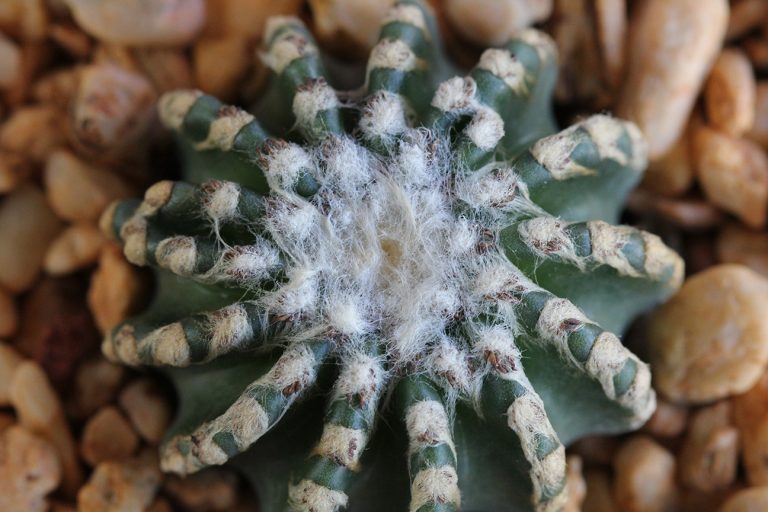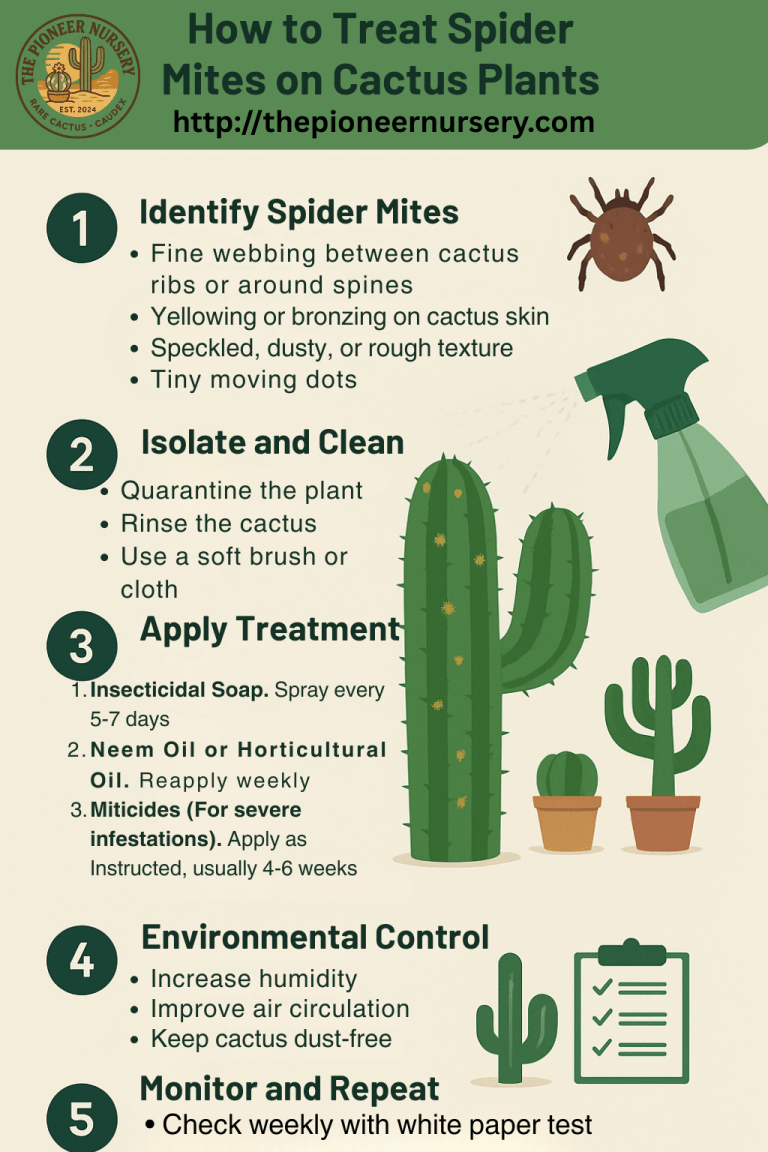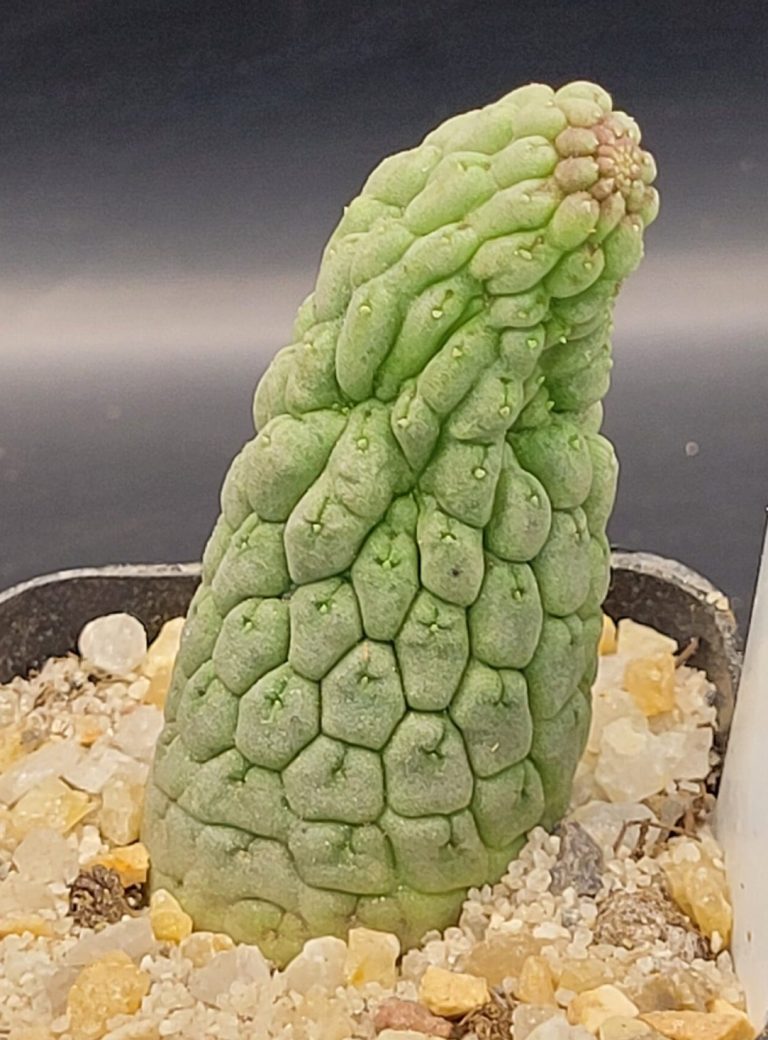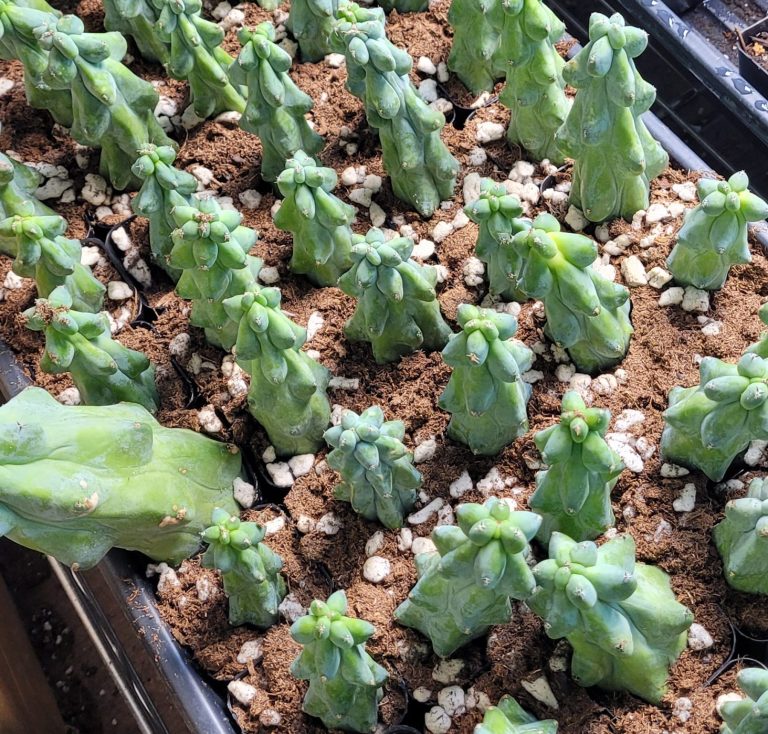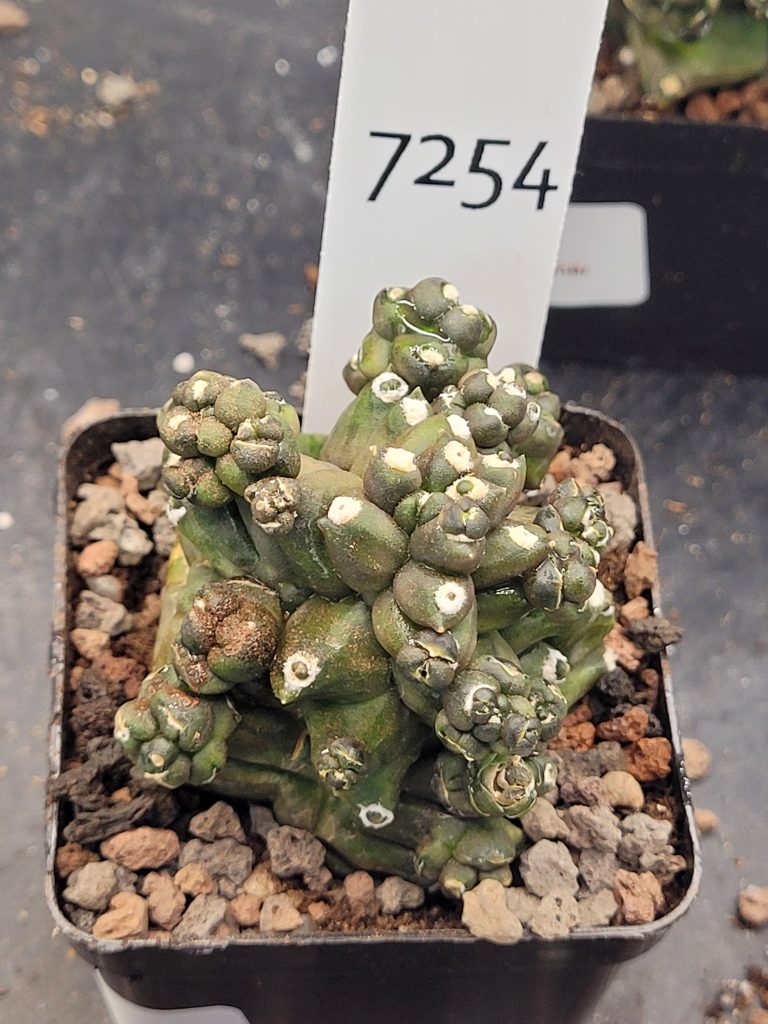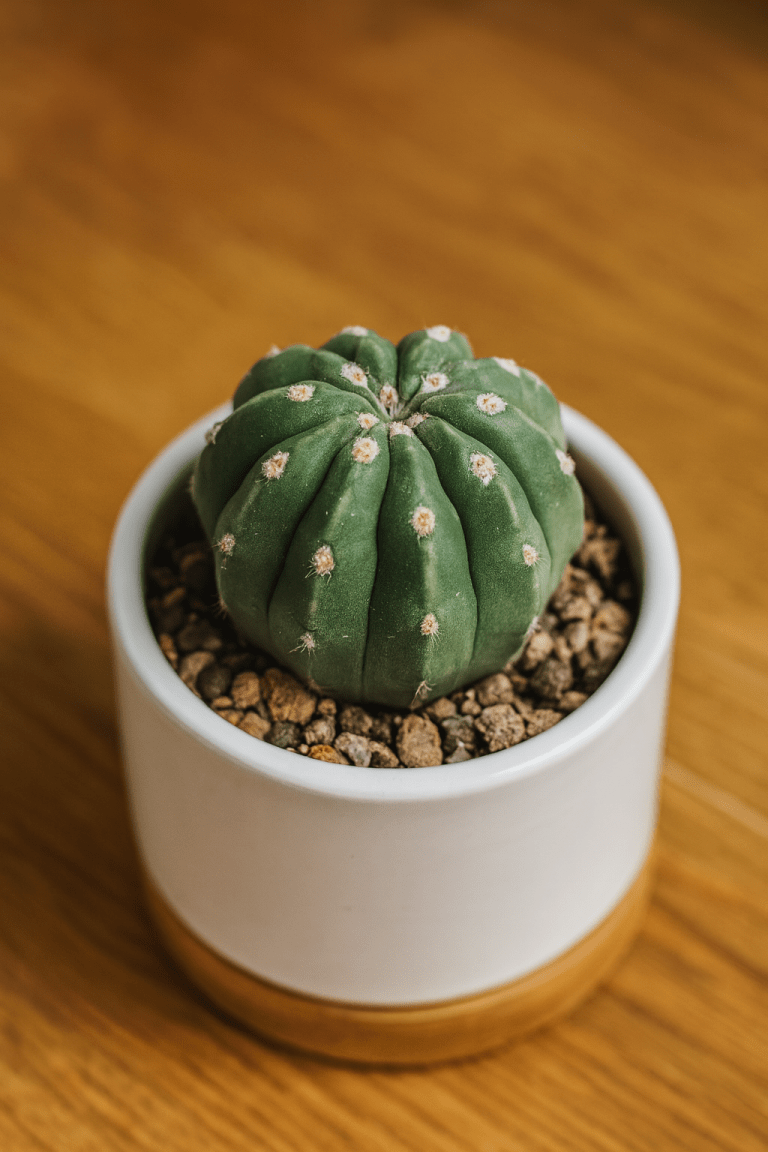Mammillaria humboldtii herrerae is a charming succulent native to Mexico. With its spherical shape, dense spination, and vibrant golden-yellow flowers, this cactus adds a delightful touch to any arid garden or succulent collection. However, to ensure its health and vitality, proper care is essential. In this comprehensive care guide, we’ll explore everything you need to know to cultivate and maintain Mammillaria humboldtii herrerae successfully.
Light Requirements
- Bright, Indirect Light: Mammillaria humboldtii herrerae thrives in bright, indirect sunlight. Place it in a location where it can receive at least 6-8 hours of sunlight per day. In regions with intense sun exposure, provide partial shade during the hottest part of the day to prevent sunburn.

Soil and Potting
- Well-Draining Soil: Use a well-draining cactus or succulent potting mix to ensure proper drainage and prevent waterlogged roots. Alternatively, create a custom mix by combining regular potting soil with perlite or coarse sand.
- Terracotta Pot: Plant Mammillaria humboldtii herrerae in a terracotta pot with drainage holes to promote airflow and prevent water retention.
Temperature and Climate
- Warm, Dry Climate: Mammillaria humboldtii herrerae prefers warm temperatures ranging from 70°F to 90°F (21°C to 32°C) during the growing season. Protect the cactus from temperatures below 50°F (10°C) to prevent frost damage.
Watering
- Sparse Watering: Mammillaria humboldtii herrerae is highly susceptible to root rot, so it’s essential to practice cautious watering. Allow the soil to dry out completely between waterings, and then water deeply but infrequently. In winter, reduce watering frequency to mimic the plant’s natural dormancy period.
Fertilization
- Minimal Fertilization: Mammillaria humboldtii herrerae is not heavy feeders, so fertilize sparingly during the growing season. Apply a diluted, balanced cactus fertilizer once a month to provide essential nutrients without risking over-fertilization.
Repotting
- Infrequent Repotting: Mammillaria humboldtii herrerae has a shallow root system and generally prefers to remain slightly root-bound. Repot only when necessary, typically every 2-3 years or when the plant outgrows its container. Spring is the best time for repotting.
Pruning and Maintenance
- Minimal Pruning: Mammillaria humboldtii herrerae rarely requires pruning. However, remove any dead or damaged stems with sterile pruning shears to promote healthy growth and prevent the spread of disease.
Pests and Diseases
- Watch for Pests: Keep an eye out for common cactus pests such as spider mites, mealybugs, and scale insects. Treat infestations promptly with insecticidal soap or neem oil.
- Prevent Rot: Avoid overwatering to prevent root rot, which can quickly lead to the demise of Mammillaria humboldtii herrerae. Ensure proper drainage and use a well-draining soil mix.
Propagation
- Seed Propagation: Mammillaria humboldtii herrerae can be propagated from seeds, although it requires patience as germination can be slow and unpredictable. Sow seeds in a well-draining soil mix and keep them warm and slightly moist until germination occurs.
Display and Aesthetics
- Stand-Alone Specimen: Mammillaria humboldtii herrerae makes a stunning stand-alone specimen in rock gardens, desert landscapes, or xeriscaping projects. Showcase its unique form and texture against a backdrop of gravel, rocks, or other succulents.
- Group Planting: Create a visually striking display by grouping Mammillaria humboldtii herrerae with other drought-tolerant plants such as Echeverias, Agaves, and other Mammillaria species. Arrange them in clusters of varying heights and textures for added visual interest.
By following these care guidelines, you can cultivate a thriving and healthy Mammillaria humboldtii herrerae in your home or garden. With its exquisite beauty and low-maintenance nature, this golden pincushion cactus is sure to captivate succulent enthusiasts and desert plant lovers alike. Happy growing!

